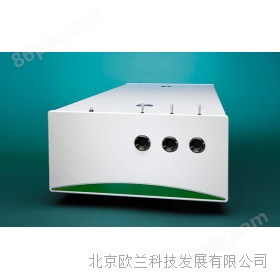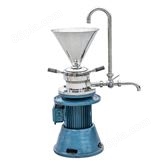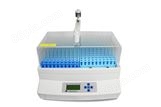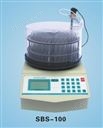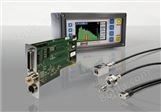Applications
-
Plasma research
-
Material ablation and deposition
-
Holography
-
Absorption spectroscopy of laser induced plasmas
-
Satellite ranging
-
EUV light source development for photolithography
-
OPCPA pumping
SL 300 series lasers are an excellent solution for applications that require high energy picosecond pulses. Pulse compression during backward?stimulated Brillouin scattering (SBS), used in EKSPLA SL300 series lasers, is a simple and cost?efficient way to generate picosecond pulses, with the unique capability of producing pulses with tunable duration.
An electro-optically Q-switched Single Longitudinal Mode (SLM) nanosecond generator is the heart of the system. Instead of external narrow linewidth diode lasers, the selective properties of Fabry-Perrot etalon, and a laser cavity are used to produce SLM pulses with a smooth temporal envelope. In scientific literature this method of generating SLM pulses is known as a selfseeding technique.
Pulse compression is done in a SBS?cell. Depending on the geometry of interaction, a pulse with duration in the 170 – 1500 ps range can be produced. Pulse duration can be tuned in discrete steps when a variable pulse duration option (-VPx) is installed.
After SBS compression, the pulse is directed to a multi-pass poweramplifier system for amplification to up to 500 mJ energy. Temperature controlled harmonics generators, based on angle-tuned KD*P and KDP crystals and harmonic separation optics, are available as standard options. Each wavelength has a separate output port.
A power supply and cooling units are placed in a standard 19” rack that requires little space under an optical table.The very low jitter of the optical pulse relative to the Q-switch triggering pulse ensures reliable synchronization of the laser with external equipment. For customer convenience the laser can be controlled from a user-friendly remote control pad or RS232 interface. The remote pad allows easy control of all laser parameters and features a backlit display that is easy to read even when wearing laser safety eyewear.
Alternatively, the laser can be controlled from a personal computer with supplied software for a Windows™ operating system. LabView™ drivers are supplied as well.

